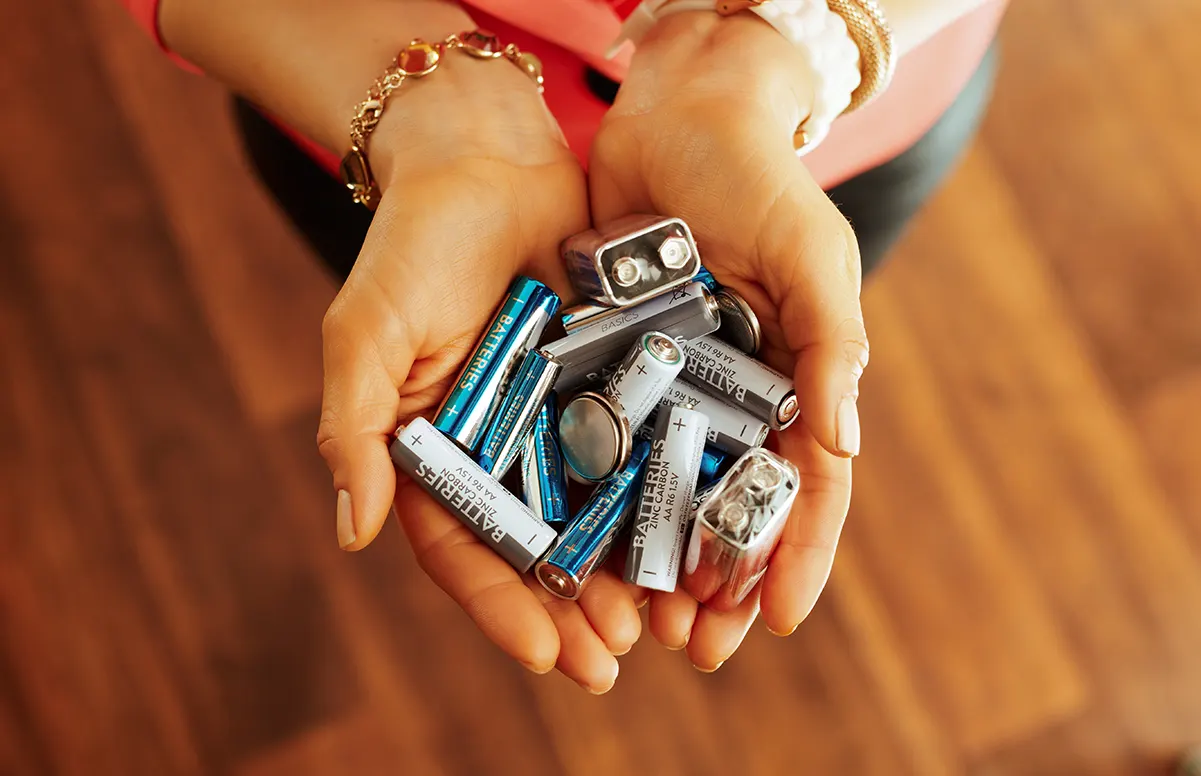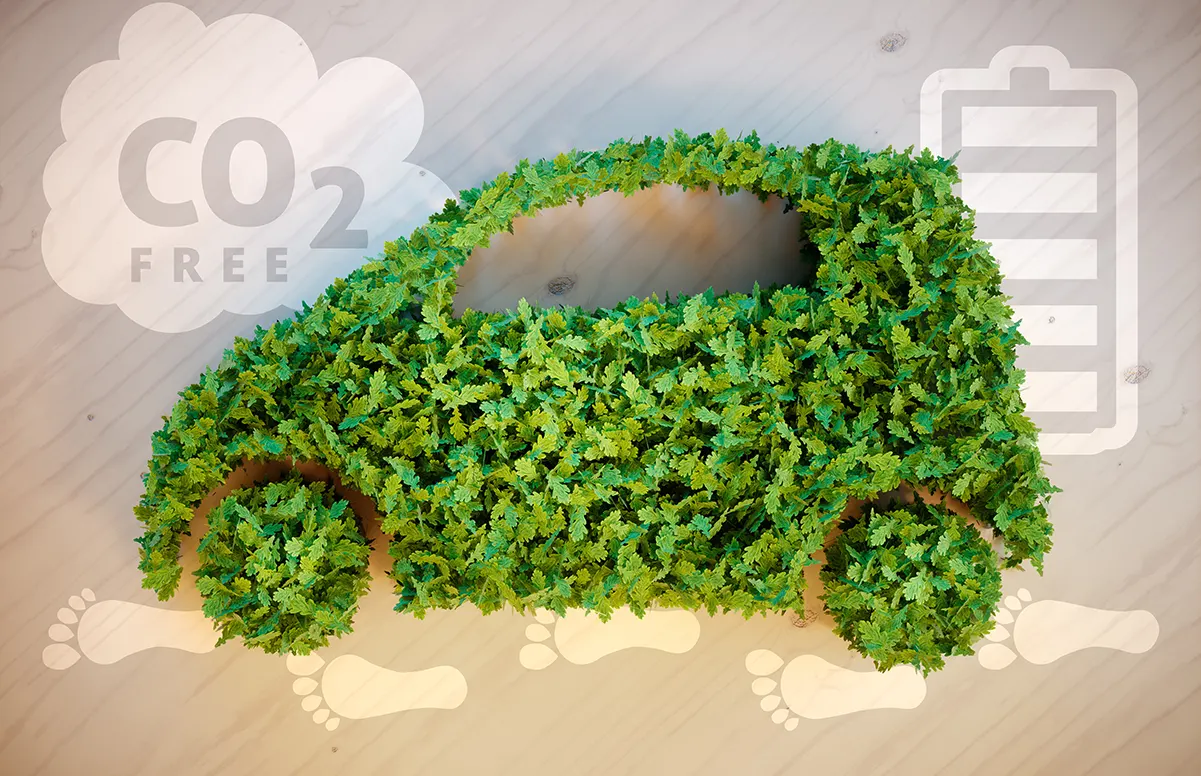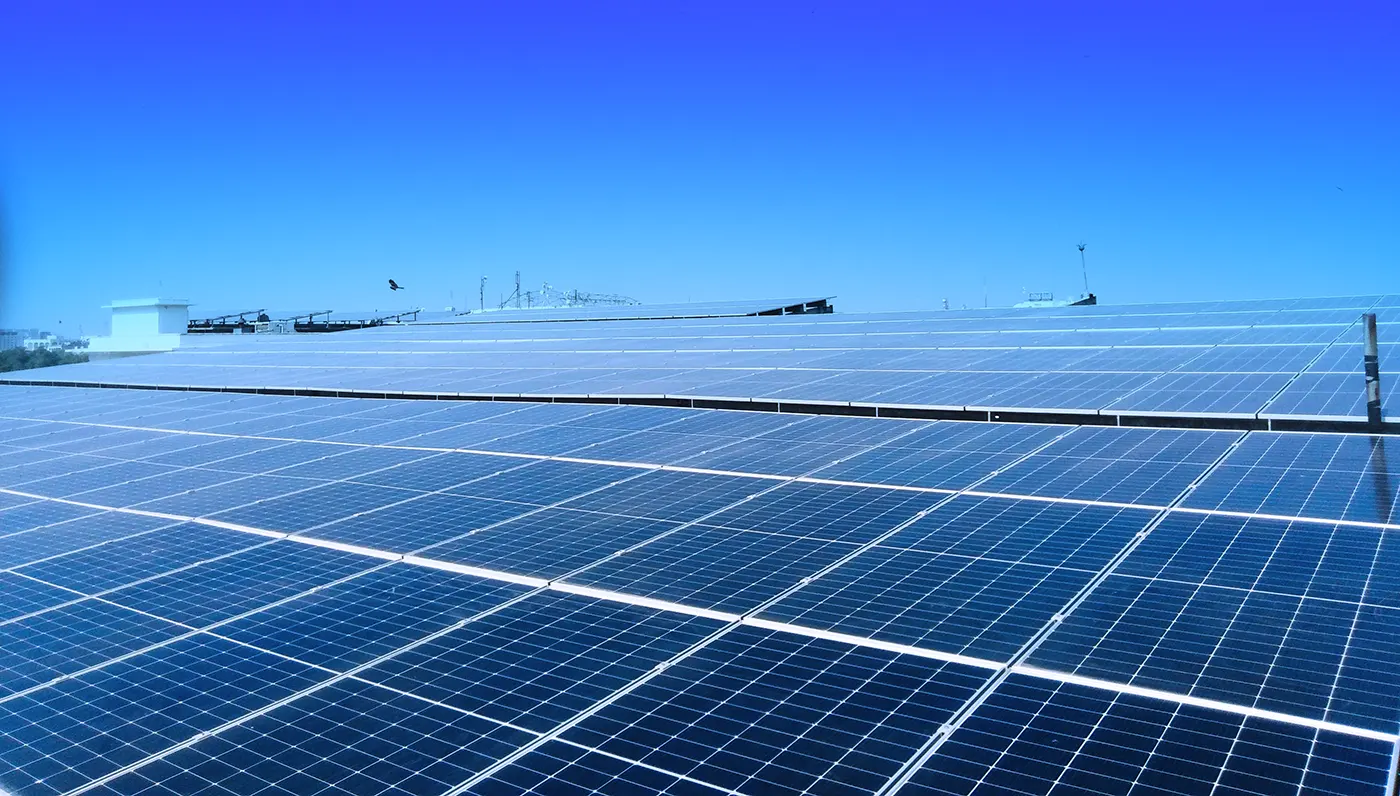The Future of Batteries
The biggest problem with solar energy is that the sun doesn’t shine at night. The lack of solar photovoltaic system reliability catalyzes society’s reliance on fossil fuels.
Homeowners and businesses who have installed solar panels have two options:
The latter is the more energy-positive approach, as we can’t have true progress if we still rely on the grid.
Current Lithium-ion batteries
Current lithium-ion batteries are based on electrolysis. Inside the battery, Two metals are on either side, each labeled the cathode (negative) and the anode (positive). Between the two metals exists a liquid electrolyte (typically).
While discharging, lithium ions, Li+, are produced at the anode (oxidation). This means that one electron is removed per atom of lithium. These electrons then flow through an external circuit – this is where we charge our devices. The electrons then reach the cathode where they rejoin with the lithium ions (reduction).
Remember the Acronym about losing/gaining electrons:
OIL RIG
Oxidation Is Loss, Reduction Is Gain
In basic terms, electrons are transferred from the cathode to the anode by running through the external circuit. When they pass through this external circuit they are essentially allowing electricity to flow
In order to recharge our battery a high voltage (higher than the maximum potential difference of the cell) is applied to the cell. This causes electrons to flow from the positive electrode (cathode) to the negative electrode (anode). This reforms the lithium element at the anode.
Rechargeable cells only work if the product (Li+) doesn’t disperse and remains attached to the battery.
Between the two metals is a liquid electrolyte, allowing the positive lithium ions to flow between the positive and negative electrodes. We all know that cutting open a battery is not a good idea, however, liquid electrolytes can leak out – presenting a safety hazard. Some other concerns around using liquid electrolytes include decomposition, spontaneous combustion, and explosion.
Solid Electrolytes
One way to prevent all the issues with liquid electrolytes is to use solid electrolytes instead. This will prevent issues such as leakage. Solid electrolytes have also been found to have advantages beyond safety; for example, they have a higher energy density (this means they store more energy for the same volume). These batteries may also have a longer cycle life (they can undergo more charging and discharging cycles before degradation). Possible electrolytes include solid ceramic electrolytes (such as lithium metal oxides).
However, these batteries are still being developed and are not widespread yet.
Flow Batteries
Another possible battery technology is ‘flow batteries’. Flow batteries, like lithium batteries, involve liquid electrolytes. However, the liquid electrolytes are located in external tanks. Various energy sources (for example solar power) can be used to charge the batteries via redox reactions. Turning on the battery reverses the flow of electrons and creates an electric current.
Why are new battery technologies important?
We cannot harness the full potential of renewable energy if we still rely on the traditional, non-renewable grid. Developing new battery technology allows us to move towards a more sustainable future globally, not just in certain areas. However, a commonly overlooked area of battery technology is disposal. Toxic heavy metals may be good for rechargeable batteries but are extremely damaging when they end up in landfills. Common metals include lead, cadmium, mercury, and nickel. Following proper disposal practices can reduce the environmental burden. Some argue that disposing of these batteries in landfills does more harm than good as the metals could be repurposed into new batteries.
The Future of Batteries
The biggest problem with solar energy is that the sun doesn’t shine at night. The lack of solar photovoltaic system reliability catalyzes society’s reliance on fossil fuels.
Homeowners and businesses who have installed solar panels have two options:
The latter is the more energy-positive approach, as we can’t have true progress if we still rely on the grid.
Current Lithium-ion batteries
Current lithium-ion batteries are based on electrolysis. Inside the battery, Two metals are on either side, each labeled the cathode (negative) and the anode (positive). Between the two metals exists a liquid electrolyte (typically).
While discharging, lithium ions, Li+, are produced at the anode (oxidation). This means that one electron is removed per atom of lithium. These electrons then flow through an external circuit – this is where we charge our devices. The electrons then reach the cathode where they rejoin with the lithium ions (reduction).
Remember the Acronym about losing/gaining electrons:
OIL RIG
Oxidation Is Loss, Reduction Is Gain
In basic terms, electrons are transferred from the cathode to the anode by running through the external circuit. When they pass through this external circuit they are essentially allowing electricity to flow
In order to recharge our battery a high voltage (higher than the maximum potential difference of the cell) is applied to the cell. This causes electrons to flow from the positive electrode (cathode) to the negative electrode (anode). This reforms the lithium element at the anode.
Rechargeable cells only work if the product (Li+) doesn’t disperse and remains attached to the battery.
Between the two metals is a liquid electrolyte, allowing the positive lithium ions to flow between the positive and negative electrodes. We all know that cutting open a battery is not a good idea, however, liquid electrolytes can leak out – presenting a safety hazard. Some other concerns around using liquid electrolytes include decomposition, spontaneous combustion, and explosion.
Solid Electrolytes
One way to prevent all the issues with liquid electrolytes is to use solid electrolytes instead. This will prevent issues such as leakage. Solid electrolytes have also been found to have advantages beyond safety; for example, they have a higher energy density (this means they store more energy for the same volume). These batteries may also have a longer cycle life (they can undergo more charging and discharging cycles before degradation). Possible electrolytes include solid ceramic electrolytes (such as lithium metal oxides).
However, these batteries are still being developed and are not widespread yet.
Flow Batteries
Another possible battery technology is ‘flow batteries’. Flow batteries, like lithium batteries, involve liquid electrolytes. However, the liquid electrolytes are located in external tanks. Various energy sources (for example solar power) can be used to charge the batteries via redox reactions. Turning on the battery reverses the flow of electrons and creates an electric current.
Why are new battery technologies important?
We cannot harness the full potential of renewable energy if we still rely on the traditional, non-renewable grid. Developing new battery technology allows us to move towards a more sustainable future globally, not just in certain areas. However, a commonly overlooked area of battery technology is disposal. Toxic heavy metals may be good for rechargeable batteries but are extremely damaging when they end up in landfills. Common metals include lead, cadmium, mercury, and nickel. Following proper disposal practices can reduce the environmental burden. Some argue that disposing of these batteries in landfills does more harm than good as the metals could be repurposed into new batteries.






